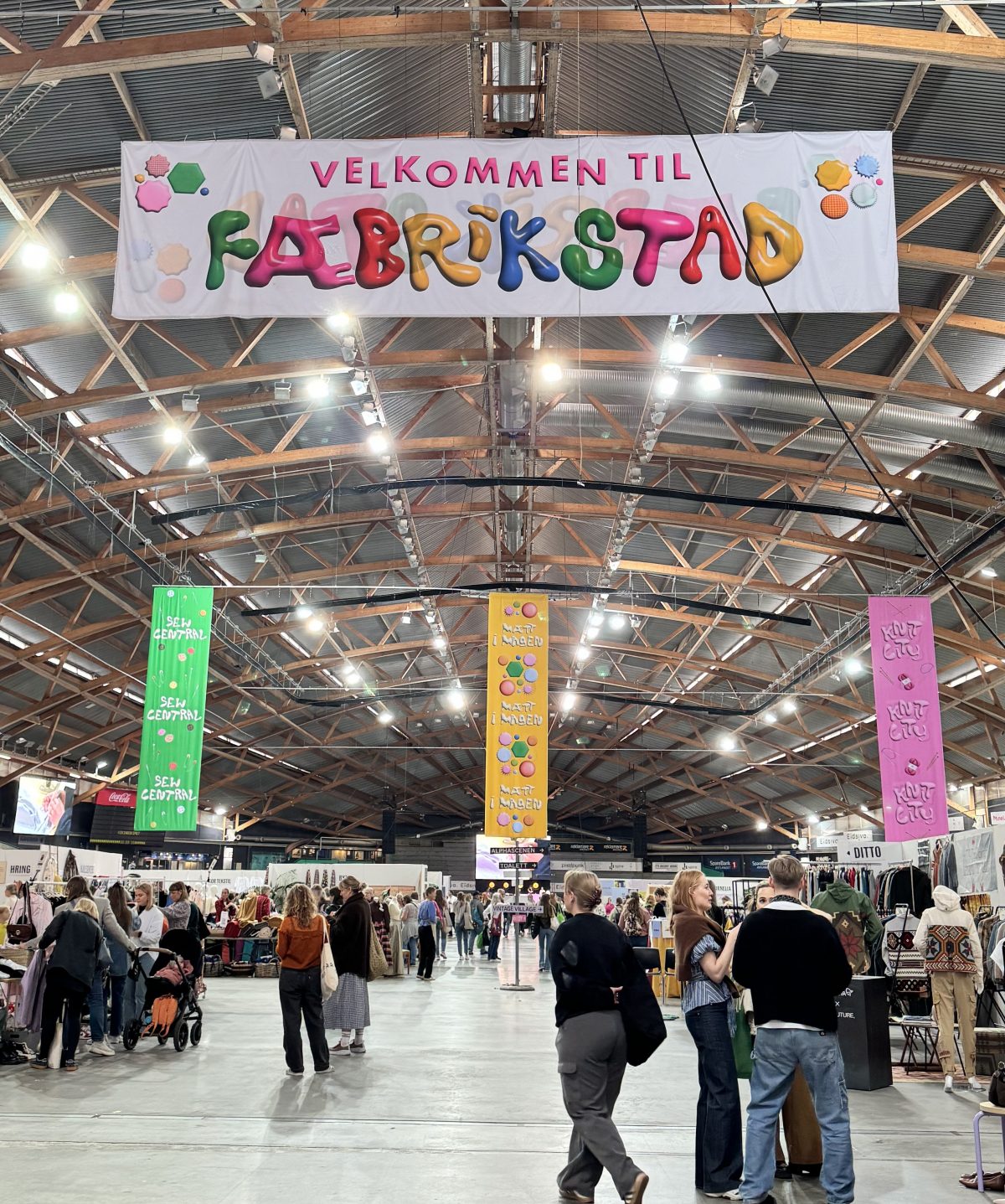Fæbrikstad 2024: Plastklær, den store synderen?
Messe, 14.-15. september 2024.
Foredrag søndag 15. september 2024 kl. 12:50
Vikingskipet, Hamar
Fæbrikstad er en festival som samler moteentusiaster, hobbysyere, strikkere og gjenbrukselskere fra hele landet. Gjengen bak fenomenet FÆBRIK inviterte til en helg med workshops, foredrag, brukthandel-bonanza og mer. Festivalen gikk av stabelen i september 2024 på Vikingskipet i Hamar med et ønske om å gjenta fjorårets suksess. Her er det mulig å både handle inn til prosjekter, få inspirasjon men også tilbringe tid på en lærerik måte. Årets foredrag handlet om en rekke temaer fra størrelser, kropp og passform til plantefarging, klesreparasjon, gjenvinning.
Klesgruppen på SIFO deltar på arrangementet med Lisbeth Løvbak Berg i spissen- Hun holderet foredrag om plast i klær og presenterer forskningen vi gjør på denne fronten. For publikum presenterer hun et vesentlig spørsmål; hvis fiber utgjør bare en liten del av miljøpåvirkningen, hvorfor snakker vi da så mye om plastfibrene?
